
The age-old occupation of growing the ancient grain of barley (and then malting it) continues to evolve. Researchers are currently developing new flavored barley varieties to give beer new taste options. There is also a push to look for varieties that improve water use for sustainability and marketing purposes. Farmers and scientists are experimenting with and releasing high yielding varieties that are more tolerant to diseases — particularly cereal rusts and leaf blights. Of course, the biggest trend in barley over the last decades has been the shift to two-row varieties.
We’ve reported on this before. The North American malting barley industry has undergone some significant changes in the last quarter century. There has been a substantial decline in the area planted for barley, but there has also been a big increase in demand for two-row varieties. Cargill realizes this. The global brand (which is also the largest privately-owned business in America by revenue) has grown from a grain storage facility into an international producer and distributor of agricultural products from sugar to refined oil. Just recently, Cargill closed its malting facility in Jamestown, N.D., citing that brewers want two-row varieties grown in the Midwest.
From Minnesota’s Star Tribune:
Demand for six-row barley is drying up as brewers, especially those of the craft-beer persuasion, favor two-row barley for their beverages. Soil conditions and a more humid climate make it easier to grow six-row barley in North Dakota and Minnesota, and less risky for the growers, said April Nelson, a Cargill spokeswoman.
While the factory can malt both varieties, there isn’t a robust local supply of two-row barley. As fewer customers asked or [sic] six-row malted barley, activity dropped at the plant. With the company’s focus on improving the efficiency of its plants and supply chain, a malting facility in North Dakota no longer made sense.
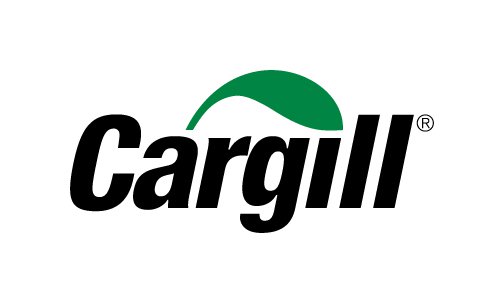 Alas, the industry was founded on the production of six-row varieties. Early production was concentrated in the eastern half of the continent and growers found that the available six-row varieties performed best in these humid regions. Brewers too favored these varieties because their attributes were best suited to making the beer the public was drinking at that time (i.e. classic American lagers). Six-row had higher levels of enzymes that aided in the smooth processing of these beers. The major drawback was that they had smaller kernels, and it took a little bit more six-row malt to yield the same amount of beer. Well, things have changed. Back to the Star Tribune:
Alas, the industry was founded on the production of six-row varieties. Early production was concentrated in the eastern half of the continent and growers found that the available six-row varieties performed best in these humid regions. Brewers too favored these varieties because their attributes were best suited to making the beer the public was drinking at that time (i.e. classic American lagers). Six-row had higher levels of enzymes that aided in the smooth processing of these beers. The major drawback was that they had smaller kernels, and it took a little bit more six-row malt to yield the same amount of beer. Well, things have changed. Back to the Star Tribune:
Many brewers think two-row creates a maltier flavor while six-row produces a grainier taste in the finished beer. But apart from taste, Swersey said many beer makers prefer two-row malting barley for financial reasons as it produces an extra one to two percent of extract.
“That’s real money when you consume millions of pounds, especially when you think of freight (costs) layered on top of that,” Swersey said.
Ok, two-row varieties, but why the Midwest? Barley production began to increase in the semi-arid plains in the middle of the last century where two-row varieties were better adapted. By the 1980s, more area was seeded for two-row varieties than six-rows in Canada because Canada exports so much and the rest of the world uses two-row. It took longer in the United States, but by the 2000s, two-rows dominated here too.
There are still large areas in North Dakota and Minnesota where six-row varieties predominate, but as you can see, that’s dwindling. The major push now seems to be to continue to adapt two-row to better disease resistance especially with the wetness that crops experience in the Midwest and the focus on experimenting with winter barley. And as we noted earlier this year, via the Golden Triangle Barley Update in Conrad, Mont., there is also an industry effort to develop a lower protein, higher yielding dryland variety to replace Hockett (a two-row variety). Maltsters are looking for options to blend with it. That’s your barley update.

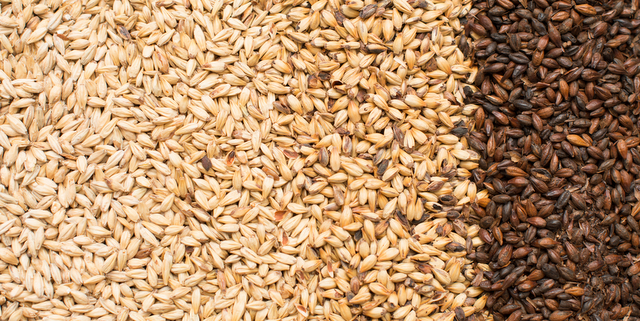
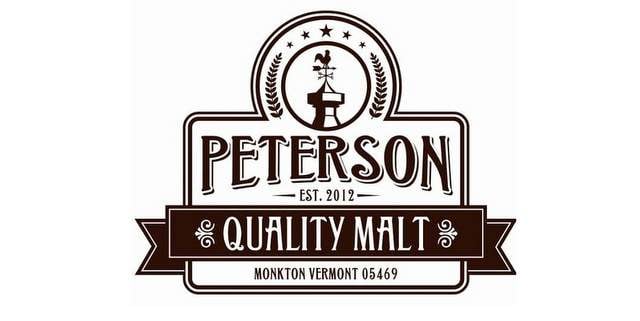
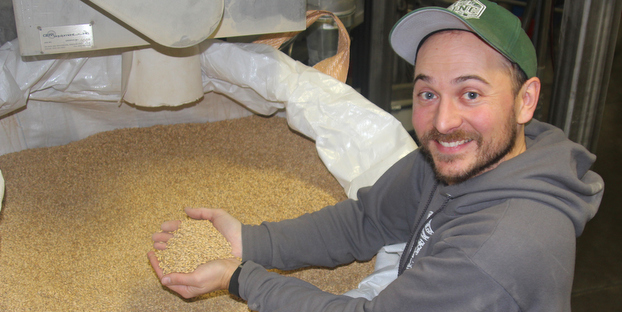
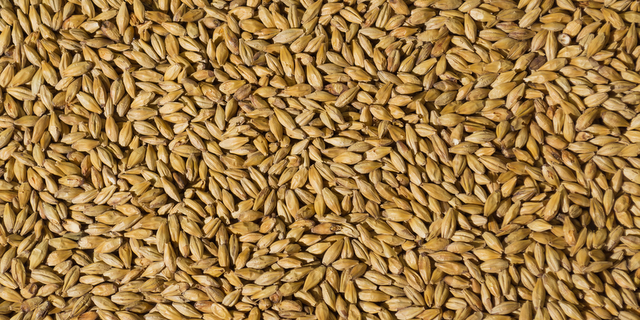
Leave a Reply
You must be logged in to post a comment.